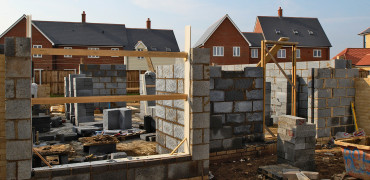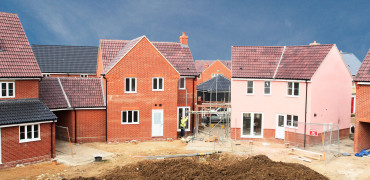Beyond the appalling human tragedy which the Grenfell Tower fire represents for the individuals killed and families traumatised for life, a wider shadow has been cast across the construction industry.
What was a well-meaning regeneration project, like so many others undertaken in recent years, has turned into an unimaginable horror, which may turn out to be a result of failings in the process of how we procure buildings.
Possibly the only positive outcome of this tragedy will be throwing an unprecedented amount of focus onto how we specify our buildings.
While the investigation is going to be necessarily long and complex, this is caused by the web of complexity that also may also contain many loopholes when it comes to the regulations which are intended to protect building users.
At the time of writing, 120 samples of cladding which have been sent to the BRE for testing by 37 local authorities have been found to be below the threshold needed to qualify as “limited combustibility.” How can these materials have ended up on so many buildings?
For whatever reason, it’s a dumfounding truth that Building Regulations on fire can be vague and confusing. This means that in terms of cladding they have, it is alleged, been interpreted to mean that the insulation behind the cladding and not the cladding itself, is required to be fire retardant. Grenfell tower may have ‘complied with regs,’ but the cladding could still have fatally compromised the exterior.
One expert on cladding, David MetCalfe of the Centre for Window and Cladding Technology, recently spoke to the BBC, telling them that the testing the BRE has been recently carrying out on samples looks much deeper at combustibility throughout the material, when previously cladding would have received a certificate based on the spread of flame across their surface. In other words, materials could have been given an easy ride in the past.
He also said that while Approved Document B is to blame for not explicitly stating that cladding should be of limited combustibility, but also that “most have interpreted it to mean that it doesn’t.”
The focus is all on the cladding, but there are many other potential areas in the construction to investigate. Possibly the only positive outcome of this tragedy will be throwing an unprecedented amount of focus onto how we specify our buildings.
The questions are as numerous as the theories. Why did the fire spread so quickly internally? Was the fire stopping between floors replaced effectively following last year’s refurb? Why has there not yet been any confirmation from the bodies involved as to whether it was?
Lastly, where sufficient test data doesn’t exist on products’ fire performance, why do we permit ‘desktop studies’ to be used? Isn’t the whole of the UK right to be demanding a more rigorous approach to protecting people, now that the holes in the system are emerging?
The PM has promised a “major national investigation” into not just Grenfell but the use of cladding more widely. Just investigating this one project will take months, so who knows whether a full national investigation is realistic. But it has to happen.
James Parker is editor of Housebuilder & Developer magazine



